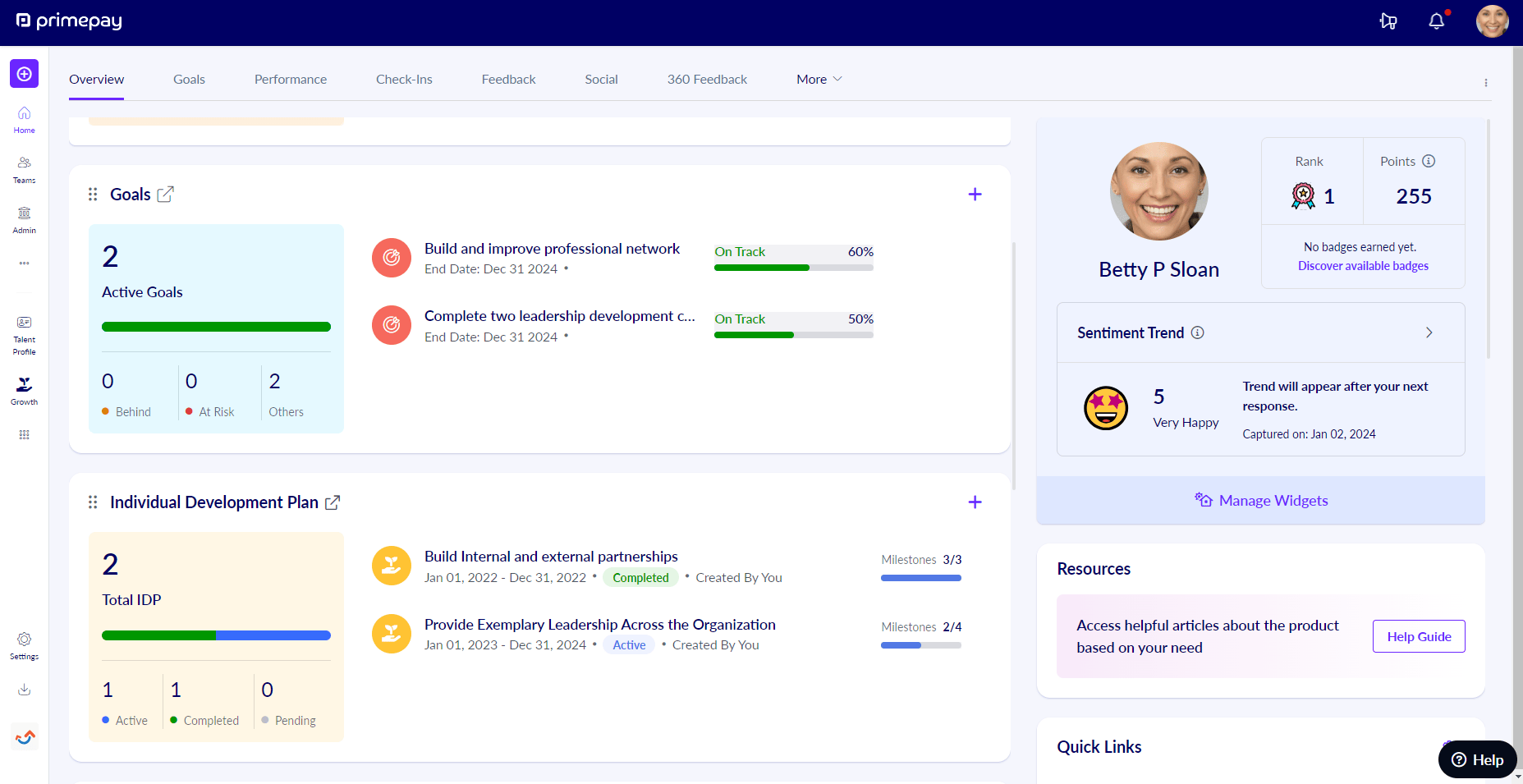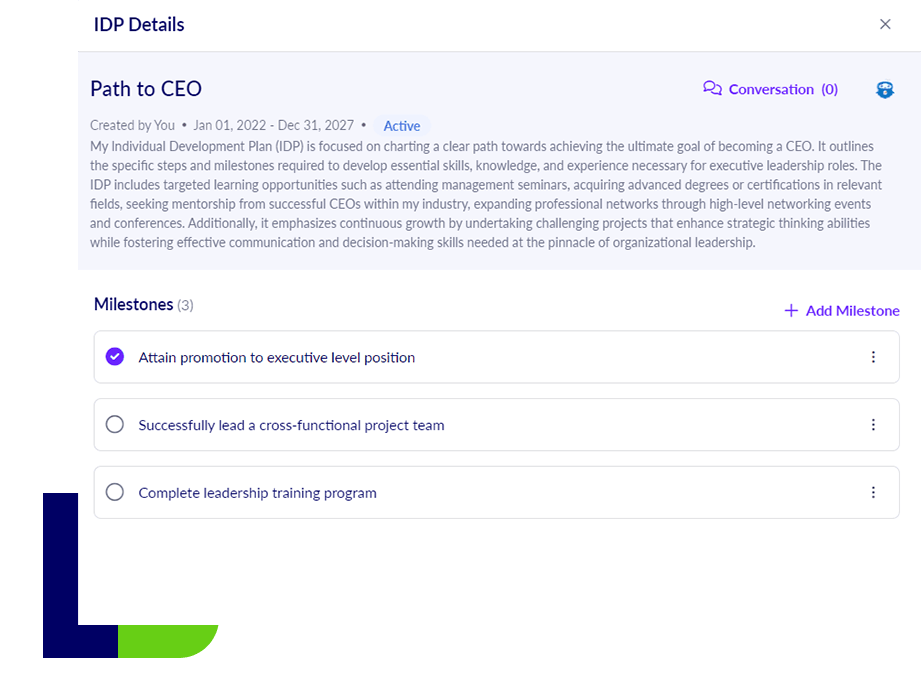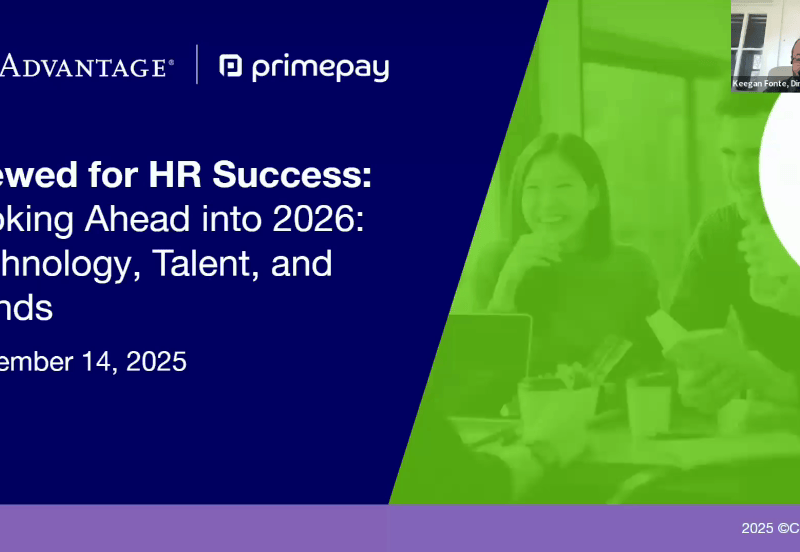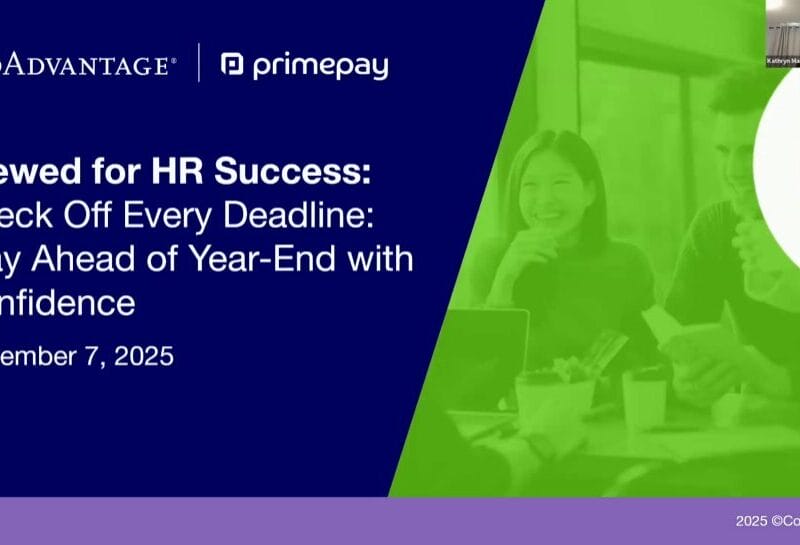Annual performance reviews have been a pillar of the employee experience for decades. Unfortunately, employee feedback on the process isn’t glowing. A staggering 86% of employees aren’t strongly motivated to improve their performance after annual reviews. Furthermore, 80% of people feel their company’s performance management strategy isn’t encouraging them to do their best work.
It’s therefore no surprise that countless organizations have thrown antiquated performance management strategies out the window, making room for the more frequent and meaningful check-ins associated with a continuous feedback loop. These companies – including Microsoft, Adobe, Deloitte, and GE – report positive results after switching, including improved productivity and innovation, reduced turnover, and increased engagement.
Don’t get us wrong – year-end reviews are still important. In fact, annual performance reviews are a great way to celebrate achievements and learnings in the past year and provide holistic feedback for employees. They just shouldn’t be your only performance management strategy.
Your best bet is employing continuous performance management that combines regular check-ins and year-end reviews to support employees, reflect on learnings, and plan for the future.
Below are three ways to ensure your organization’s 1:1 meetings are as positive and productive as possible for your workforce.
1. Mandate Regularly-Scheduled Meetings
Let’s be honest – nothing makes the heart pound faster than an unplanned calendar invite from a superior. What’s this about? What do I need to prepare? Am I getting fired?
Regularly scheduled check-ins mitigate that stress and fear. And there are other benefits than just preventing spikes in cortisol levels. Regularly-scheduled 1:1s:
- Protect and prioritize manager-employee time
- Give both parties time to prepare talking points
- Help faster identification of roadblocks on projects
- Foster a stronger and more positive working relationship
Note: Managers shouldn’t have sole control over the 1:1 agenda. When each party can add talking points, both people enter the meeting prepared and confident.
2. Establish a 1:1 Template for Your Organization
If you’re looking to build a stronger performance management strategy, consider establishing a 1:1 template for use across your organization. By doing so, you’ll:
- Build a more equitable workplace. When all managers track performance on the same scale, your data is clean and aligned for reporting. You can use these reports to help determine bonuses, promotions, and any trends across your organization.
- Provide a similar experience across teams. Your employees deserve to have a great employee experience, but that’s hard to do when each team (or manager) has their own way of conducting 1:1s. If some people are having in-depth conversations while others are having 2-minute check-ins, the disparity will eventually cause frustration and distrust.
- Prompt necessary conversations. Most people struggle to give constructive feedback, even when it’s necessary. The key is establishing a respectful and trusting relationship to give space for these conversations. Ben Wigert, author of Re-Engineering Performance Management, explains, “Addressing sensitive topics like diversity and inclusion, pay, promotion, or under-performance are all going to feel scary if you haven’t already built up some understanding and trust.”
Note: There’s a fine line between regular check-ins and micromanaging. Make sure your 1:1 template doesn’t just ask about nitty-gritty project details. It should instead encompass prompts for an overarching check-in on employee wellness, sentiment, and goal progress.

PrimePay’s Performance Management Pro provides templates for managing employee performance (think check-ins, goal setting, IDPs, and 360 reviews) to keep management transparent and helpful.
3. Encourage the Discussion of Long-Term Career Goals
Want to amplify your performance management strategy and retain your people? Encourage 1:1 conversations around career aspirations.
Although many studies report that employees seek these conversations (and leave roles when they don’t happen), very few managers use 1:1 meetings to discuss personal and professional goals. Talk about a massive miss regarding career mapping and the employee lifecycle.
Consider:
- Including career goal prompts in your 1:1 agenda
- Encouraging managers to host quarterly review meetings that relate to career aspirations
- Offering learning and development opportunities
- Suggesting that employees create personal goals to help develop soft skills (such as “reduce filler words in presentations” or “develop a better time management strategy for projects”)
Note: Hold a performance management training session for all managers. Use this time to equip managers with the right goal-setting language, walk them through the preferred 1:1 template, and share tips and tricks for successful feedback sessions.

With performance management software, managers can track (and regularly visit) employee performance and develop plans to help them achieve their future career goals.
Evolving Your Performance Management Strategy
If you want employees to be engaged, productive, and happy, you need structure in place to help them succeed. As you know, these policies and procedures must be routinely updated to provide the best workplace experience.
It’s therefore important to continuously evolve your performance management strategy to ensure managers and employees feel supported. Moreover, a proactive and inclusive approach creates a positive culture and motivates employees to meet their goals. Ultimately, when you offer support throughout the employee lifecycle, you create a healthier and more productive workplace.









